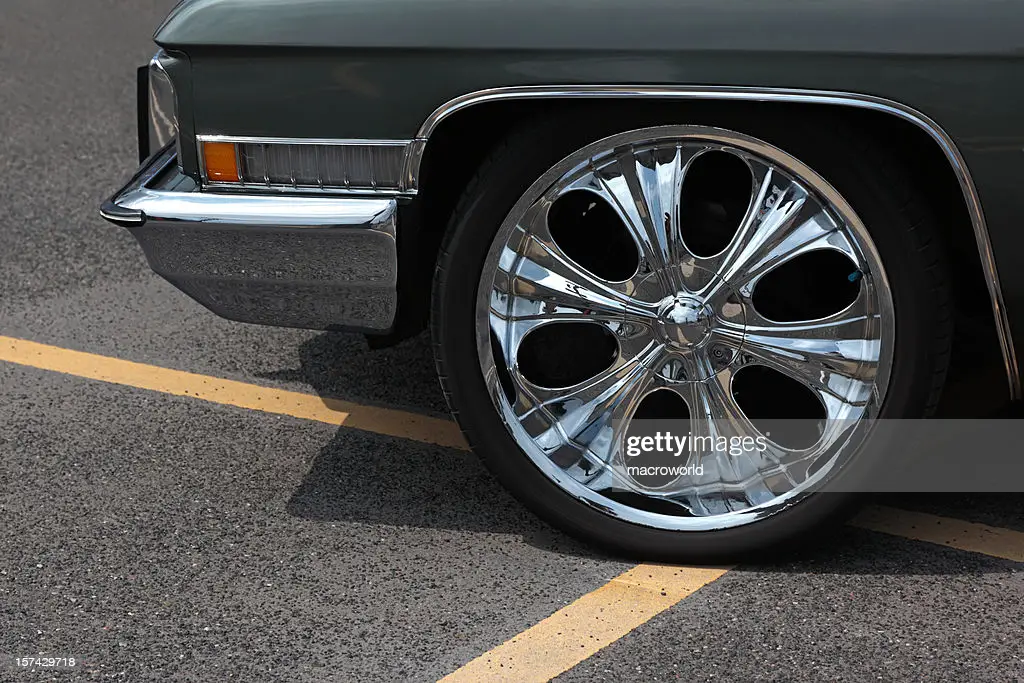Introduction:
When it comes to customizing and upgrading your vehicle, choosing the right wheel size is a critical decision. The size of your wheels can have a significant impact on the overall performance, handling, and aesthetics of your vehicle. Understanding the differences and considering various factors is essential to make an informed choice. In this article, we will explore the impact of wheel size, examining the pros and cons of different sizes and providing insights to help you select the ideal wheels for your vehicle.
Factors to Consider:
Aesthetics: The visual appeal of your vehicle is greatly influenced by the wheel size. Larger wheels often provide a more aggressive and sporty appearance, enhancing the overall look of your car. However, it’s important to consider the balance and proportions of the vehicle to ensure that the wheel size complements the body style.
Performance: Wheel size can affect the performance characteristics of your vehicle, including acceleration, braking, and handling. Here are the key considerations:a. Weight: Larger wheels tend to be heavier, which can impact acceleration and overall agility. Conversely, smaller wheels are lighter and can provide better responsiveness and maneuverability.b. Grip and Traction: Wider wheels offer a larger contact patch, potentially improving traction during cornering. However, overly wide wheels may reduce the effectiveness of the tires in wet or snowy conditions.c. Ride Comfort: Smaller wheels with higher sidewalls generally offer better cushioning and absorb road imperfections more effectively, resulting in a smoother ride. Larger wheels with lower-profile tires may transmit more road vibrations and impact ride comfort.
Tire Selection and Availability: Wheel size is closely tied to tire selection and availability. Different wheel sizes often require specific tire sizes, and certain tire options may be limited for less common wheel sizes. Considering the availability and cost of tires is important when selecting a wheel size.
Clearances and Fitment: Before choosing a wheel size, it’s crucial to consider clearances and fitment. Factors such as the suspension design, brake system, and fender clearance should be taken into account to ensure proper fitment and avoid interference or rubbing issues.
Advantages of Larger Wheels:
Improved Handling: Larger wheels, when paired with appropriate tires, can enhance the handling capabilities of your vehicle. The wider contact patch and reduced sidewall flex can provide better stability and cornering performance.
Enhanced Brake Clearance: Larger wheels often offer more space for larger brake systems, allowing for improved braking performance and heat dissipation.
Aesthetics: Many car enthusiasts prefer the aggressive and stylish appearance of larger wheels, which can give your vehicle a more assertive and customized look.
Advantages of Smaller Wheels:
Better Ride Comfort: Smaller wheels with higher-profile tires offer improved ride comfort by providing more cushioning and absorbing road imperfections effectively.
Cost-Effective: Smaller wheels are often more affordable than their larger counterparts. Additionally, smaller wheels usually have a wider selection of budget-friendly tire options.
Practicality: Smaller wheels with higher-profile tires can be advantageous for off-road or rough road conditions, as they provide increased ground clearance and better protection against potholes and obstacles.
Conclusion:
Choosing the right wheel size for your vehicle is a decision that encompasses aesthetics, performance, and practicality. Larger wheels offer enhanced handling, a more aggressive look, and improved brake clearance, but may sacrifice ride comfort and be more expensive. Smaller wheels provide better ride comfort, cost-effectiveness, and practicality, while potentially compromising on a sportier appearance. Consider your driving preferences, specific vehicle requirements, and budget when making a decision. Consulting with wheel and tire professionals can provide valuable insights and help you choose




